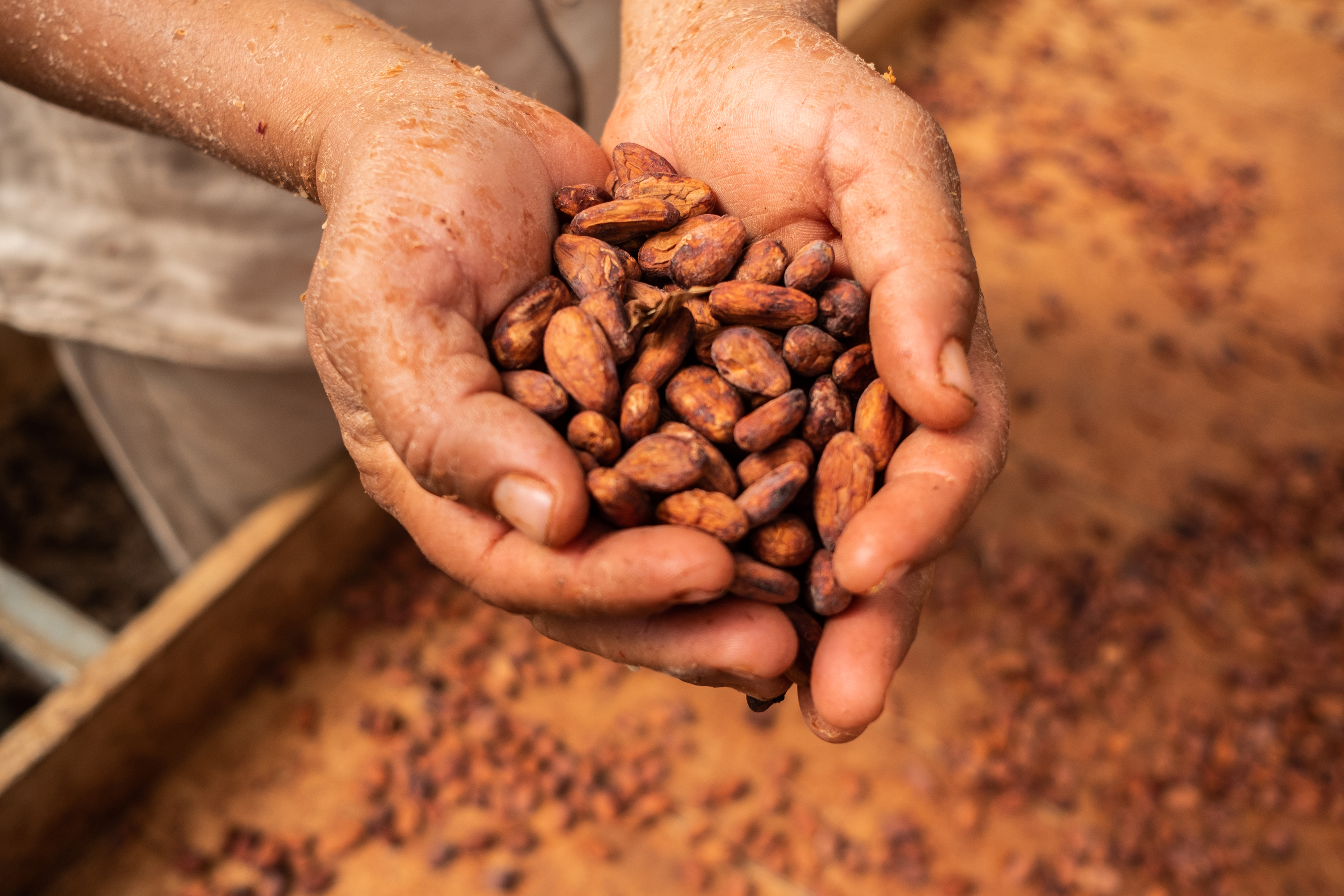Plant manager,
ECOM Cocoa
Veracruz, Mexico
This story is one of a series about how hidden innovations produce the foods we eat at the prices we pay. It has been edited for length and clarity. As told to Krithika Varagur.
We get our beans from the Ivory Coast, Cameroon, Ecuador, the Dominican Republic, Peru, Colombia, and right here in Mexico. Since we are between harvests, we are in the middle of buying all the beans for next year. When we plan production for next year, we know exactly how many tons we need.
I started working here in 2003. Our capacity then was 7,000 metric tons per year, and now we are processing 40,000 metric tons per year. In 2010, we scaled up our cacao product output in a major way. Then in 2016, we started producing certain products, like chocolate-covered marshmallows and almonds, in-house, which was a really big change. We sell to many different customers here in Mexico like Hershey, Mars, and so on, and we have to be competitive. It’s very important to produce efficiently, because cacao products are commodities and the cost of production is the most important thing. If you’re not competitive, you’re out. Globally, ECOM handles about 10% of the world’s cacao; the Mexico plant alone processes about 1% of the global total.
Don’t settle for half the story.
Get paywall-free access to technology news for the here and now.
